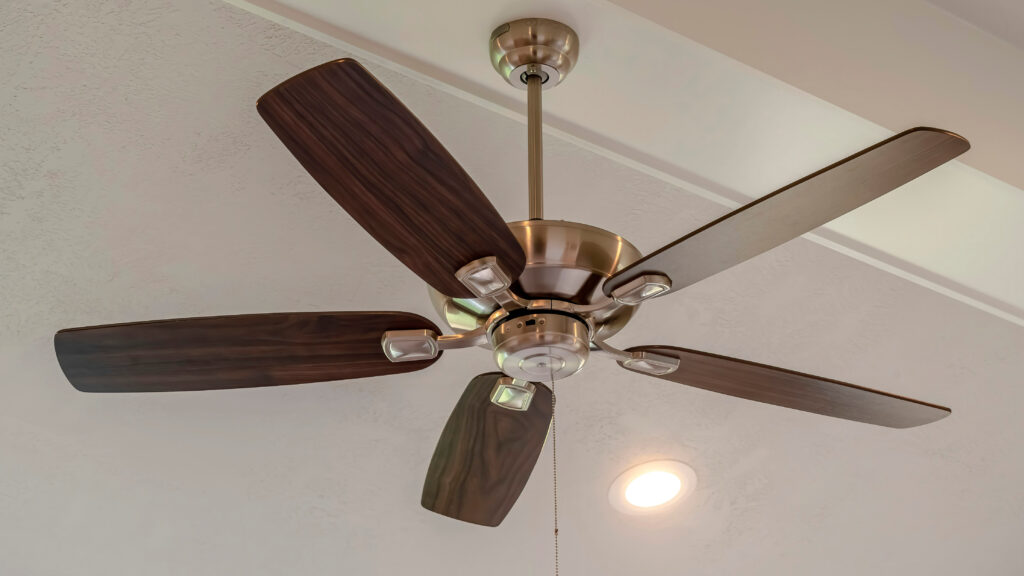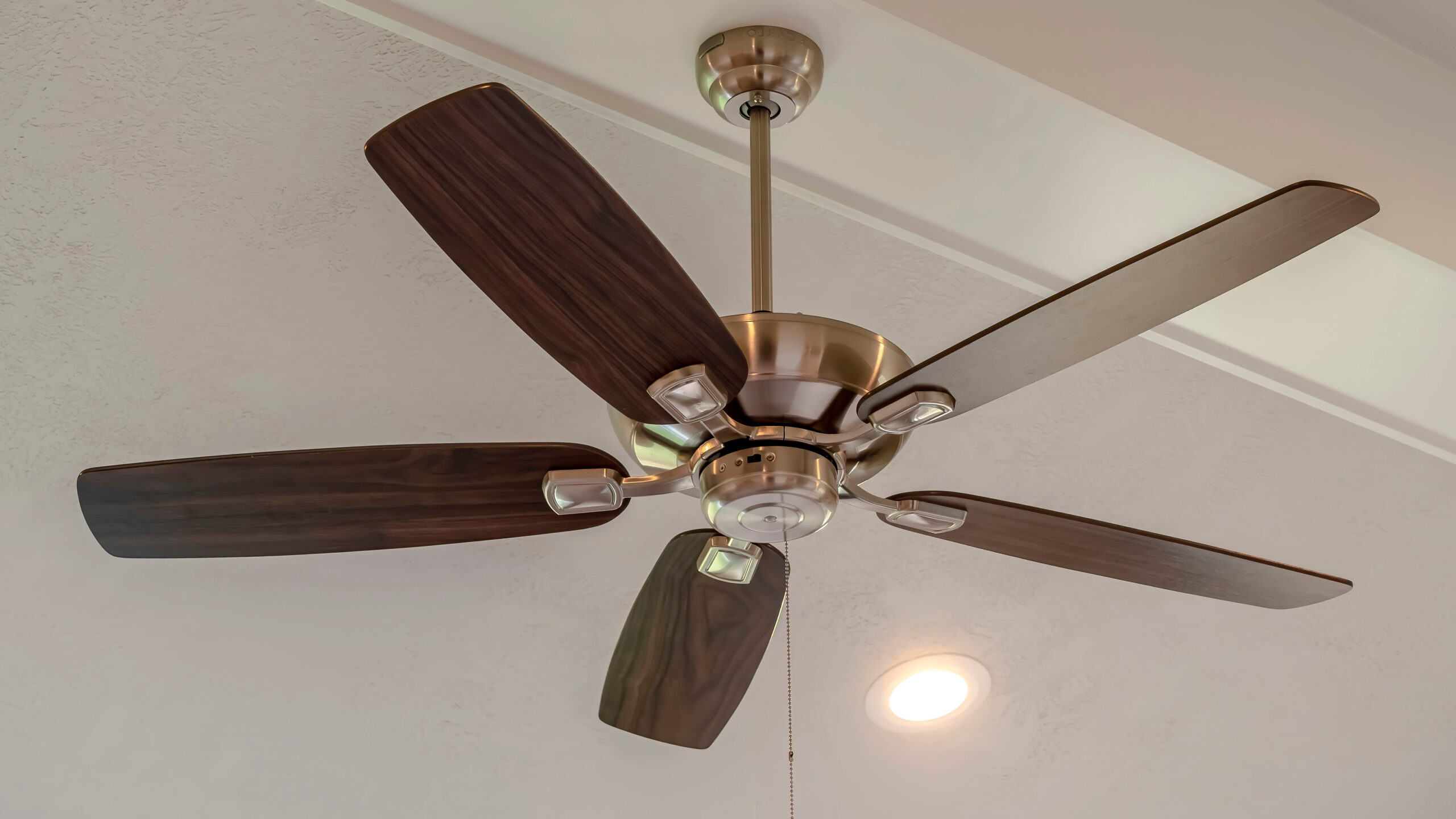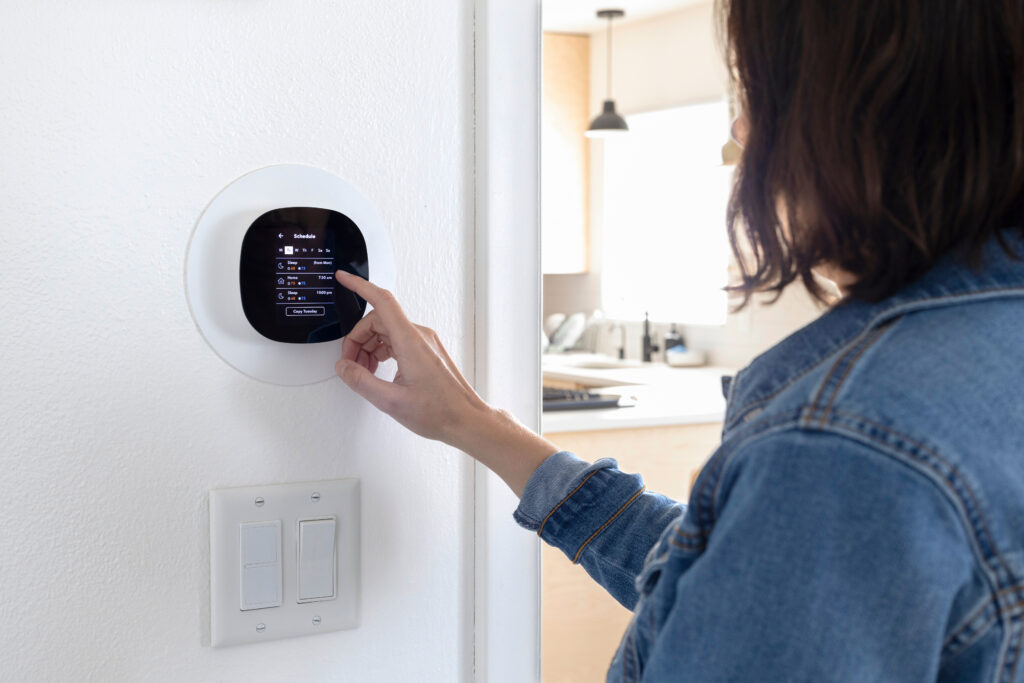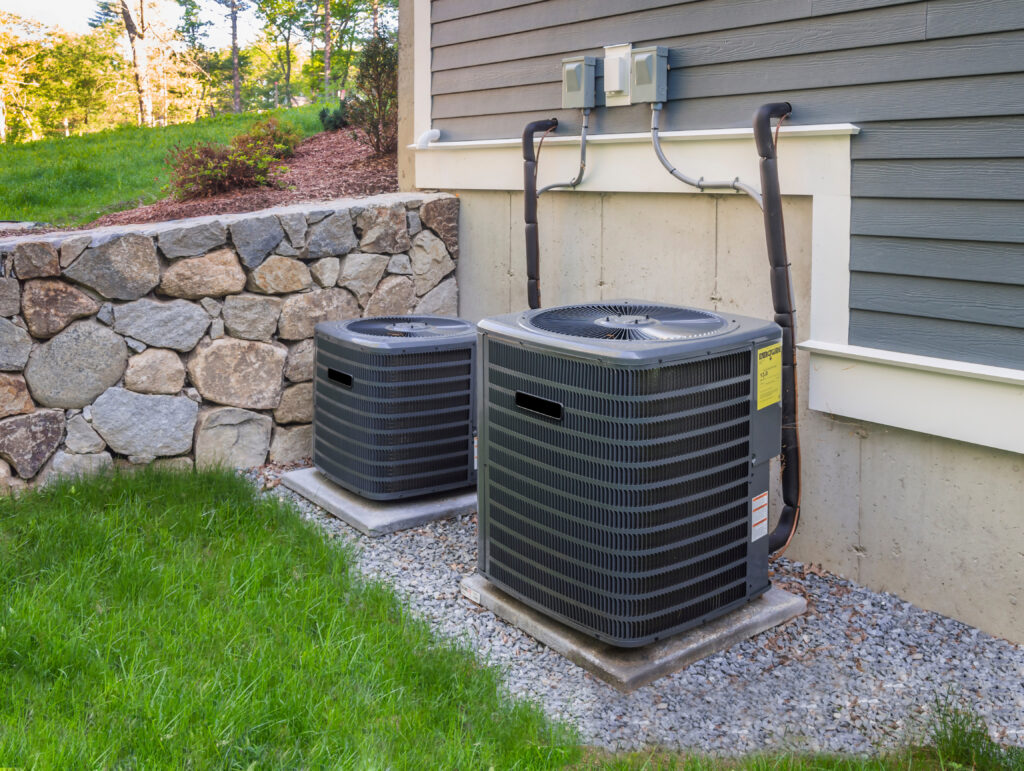Which Direction Should a Ceiling Fan Go to Cool a Room? A Homeowner’s Guide
If you’ve ever found yourself standing under a ceiling fan mid-July, wondering whether those blades are helping or sabotaging your AC bill… you’re not the only one. Believe it or not, the direction your ceiling fan spins has a very real impact on how well it cools your room. And yep—there’s a right and a wrong way. Ceiling fans are one of the most underrated tools in your home comfort arsenal, especially when paired with your HVAC system. But if they’re rotating in the wrong direction, you might be getting more frustration than function. So let’s talk air circulation, energy savings, and how knowing the simple science behind ceiling fan direction can help you stay cooler for less.
Why Fan Direction Matters in the First Place
Okay, so here’s the thing: ceiling fans don’t actually lower the temperature in the room—they just move air around. That movement helps evaporate sweat off your skin faster, which is what makes you feel cooler. Think about how a breeze cools you down on a hot day. Same idea, just mechanically created. When the fan is spinning correctly, you’ll get a gentle breeze that reinforces your air conditioner’s hard work. But if it’s turning the other way? It could just be pushing warm air down from the ceiling and making your room feel warmer than it actually is, which…I mean, rude.
So Which Direction Should a Ceiling Fan Go in Summer?
Short answer: counterclockwise. During warmer months, your ceiling fan should rotate counterclockwise when you’re looking up at it. This movement pushes air down and creates that magical wind chill effect on your skin. Most (but not all) ceiling fans have a small switch near the motor that changes the blade direction. If your ceiling fan has this feature, flip it and feel the difference immediately. If you stand directly under the fan and feel a strong breeze—congrats, summer mode is engaged.
And in Winter? Yes, Direction Changes Matter Then Too
Come winter, you’ll want to do the opposite: clockwise. When set to a low speed, the blades will pull cool air up and push the warm air that rises to the ceiling back down the walls. That keeps the heat more evenly distributed without blasting anyone with a gust of cold air. The unexpected benefit? Your heater doesn’t have to work as hard to keep the room warm, which can shave a few bucks off your heating bill. You’re leveraging the physics of air circulation here—your fan becomes part of your HVAC’s backup squad.
But Wait—How Do I Actually Change the Direction?
Let’s get tactile for a second. Turn the fan off completely, give the blades a moment to stop spinning (please do not try to stop them with your hand—it’s tempting, we know), and then look for a small toggle switch on the fan’s motor housing. Flip it. That’s your reverse switch. Still unsure? Turn the fan back on at a low speed and observe. If the blades are moving counterclockwise and you feel air being pushed downward, that’s summer mode. If they’re going clockwise and you feel less direct airflow, winter mode is in effect. Some newer fans even come with a remote or wall switch for this feature, which is dangerously convenient if you dislike ladders—and let’s be real—who doesn’t?
Other Factors That Impact Fan Effectiveness
It’s not just direction. Blade angle, fan size, and ceiling height also seriously affect performance. Fans too small for the room won’t circulate enough air. Too large and you could end up with a mild tornado vibe (plus wasted energy). Ideal ceiling fan placement? About 8 to 9 feet from the floor with at least 18 inches of clearance from walls. And if your ceiling is vaulted or high, you’re going to need a downrod extension to get the fan to a usable height. Bonus tip: clean those blades! Dust buildup affects performance and can fling not-so-cute dust clouds around your room.
When Ceiling Fans Aren’t Enough: Understanding Your Cooling System
While ceiling fans are great for comfort, they don’t replace air conditioning. They work best in concert with your HVAC system. But if you find yourself over-relying on that fan to keep your space livable, it might be a red flag for deeper issues—like an aging AC system, poor ductwork, or insulation problems. This is where things can get expensive if you’re not protected by something like a home warranty. HVAC repairs and replacements are among the priciest things a homeowner can face, and no amount of fan blade flipping will change that. Taking care of your cooling system means looking at the whole picture—not just the spinning thing above your couch.
Protecting Your Cool: Why a Home Warranty from Armadillo Just Makes Sense
If you’re already adjusting your fan direction by season—first of all, congrats, you’re way ahead of the curve—you know how much small things impact home comfort. But what happens when something big goes wrong? Like your AC quits during a record heatwave, or your ceiling fan motor burns out mid-July? That’s where Armadillo comes in. We offer comprehensive, affordable home warranty protection that includes major systems like your HVAC, as well as everyday heroes like ceiling fans. Imagine calling it in, having it handled, and getting back to chilling (in every sense of the word). You can learn more about what’s covered—and how simple it is to sign up—right on our website. Just visit armadillo.one or, if you’re ready to build your plan, head right over to our Plan Builder to get started today. Don’t sweat what might go wrong—fan direction is important, but backing up your whole system? Game-changing.


























